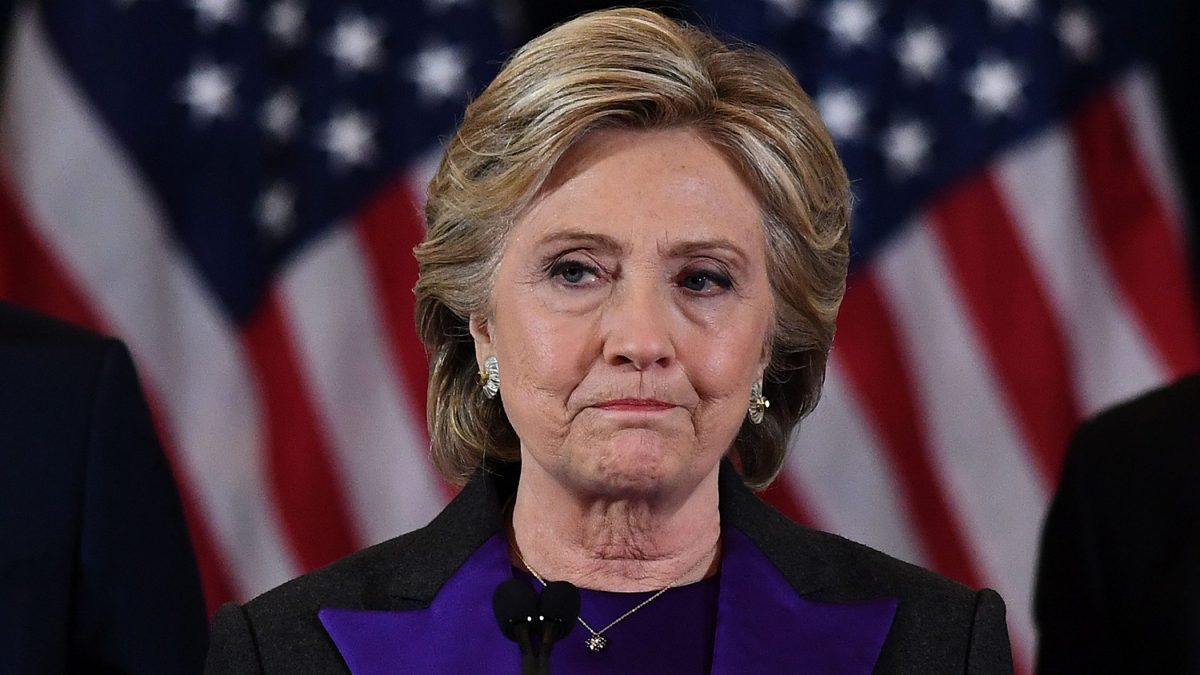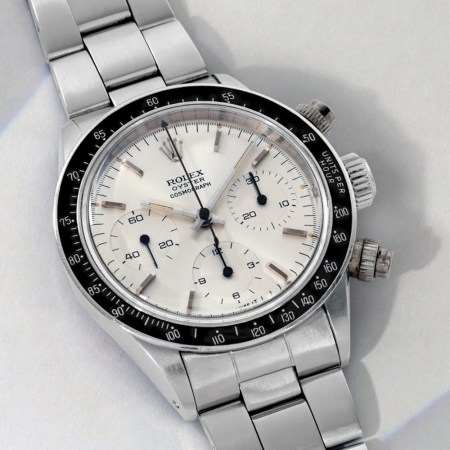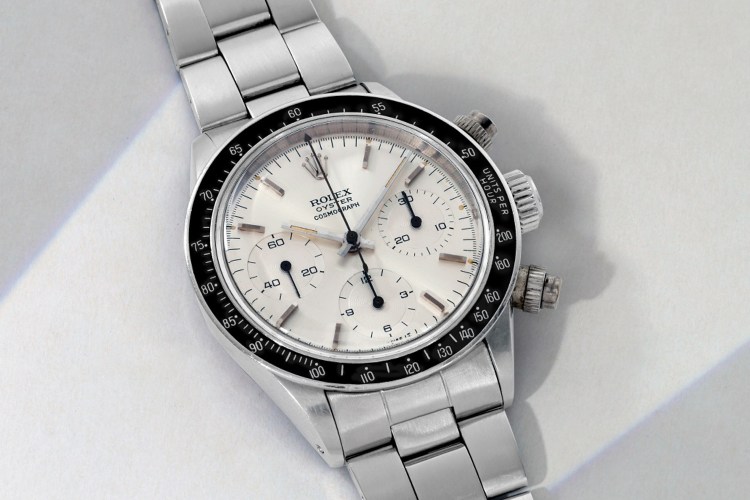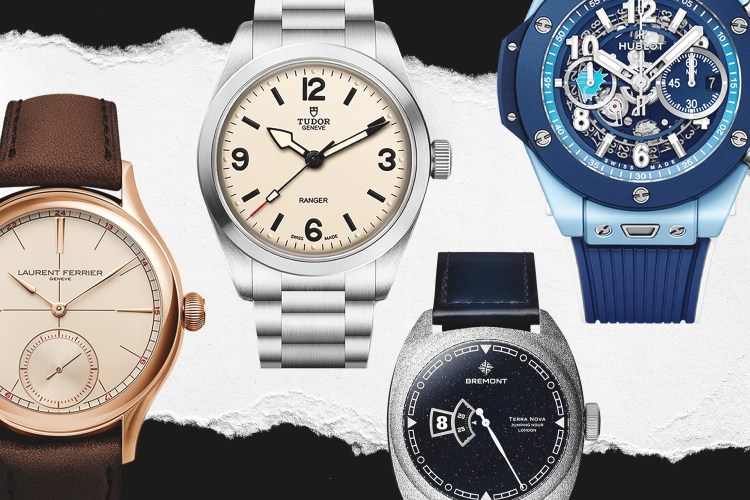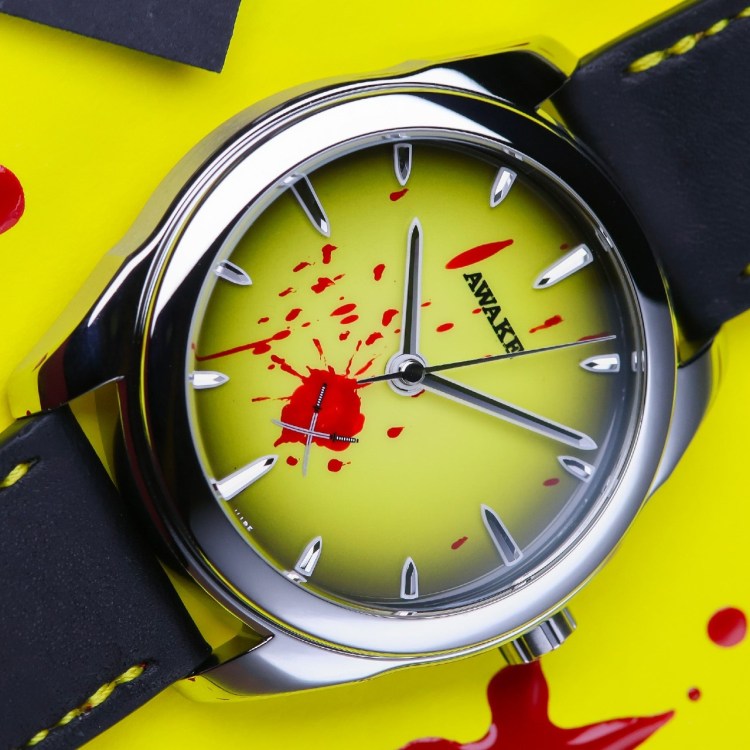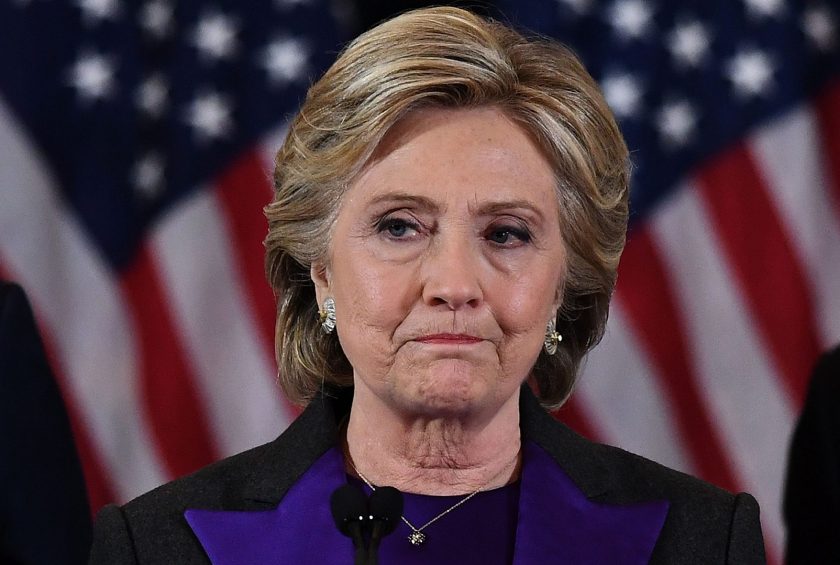
The 2016 presidential campaign was full of surprises for the American electorate. For many of us, one of the key revelations was discovering how documents may be classified on a basis that seems almost arbitrary. Take the case of Hillary Clinton’s personal email server. Whether you think this matter was a major threat to national security or a complete nothing, it offered a look for civilians into how documents are classified.
We learned that documents may be listed as classified, even though they aren’t. And we learned that documents may be classified, but not actually marked as such. And we learned that documents may be deemed unworthy of being classified, only to later be upgraded to that status. Whatever your party affiliation, it’s hard to read about these matters and not want a better way to handle this massive, costly task. (The U.S. State Department generates two billion emails each year. In 2015, it spent $16 billion to protect classified materials.)
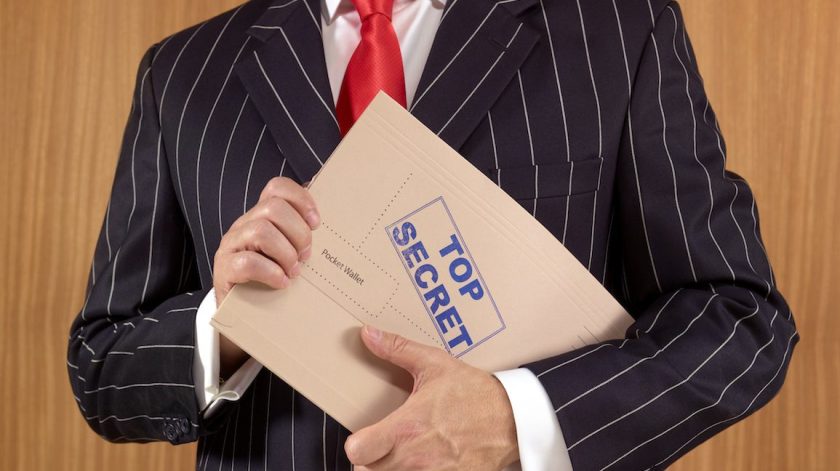
There may now be an improved method. Renato Rocha Souza at the Brazilian think tank Fundação Getulio Vargas and associates at Columbia University in New York have been working on a machine-learning algorithm. By studying over a million declassified documents from the 1970s, they’re using AI to predict whether a document needs to be classified.
MIT Technology Review has explored their work. They write:
“When the machine-learning algorithm combines the various kinds of metadata in its decisions, it can spot some 90 percent of cables that are classified, with a false positive rate of just 11 percent. And Souza and co say it should be possible to do better if cables that are still classified were included.”
The result could be a technique that saves time and money while making our nation safer, as we strive to ensure our nation’s secrets are classified correctly and immediately. To read the full article, click here.
This article appeared in an InsideHook newsletter. Sign up for free to get more on travel, wellness, style, drinking, and culture.
